Wonder Wednesday 124: 3 Sisters Sensory Connection

The His-Story
November is Native American Heritage Month, so let's connect with nature, time, and community in honor of all the gifts Native Americans have shared with the world.
This is especially important to note, as the November American holiday story of Thanksgiving glorifies colonialism and is insensitive to the systemic traumas endured for centuries by Native people in North America (and around the globe).
Despite consistent efforts of oppression, Native peoples and traditions, old and new, continue to thrive and more people are waking up to the myths told by the "dominant" voices, in too many his-story books, from childhood on, and actively working to change the narrative.
This Wonder Wednesday, we celebrate the resiliency of Native ways of living in harmony with the Earth. One of the many ways, is by companion planting crops.
Companion planting is a method of planting different plants or seeds that enhance each other's growth (or protect each other from pests) closely together - like 3 Sisters!
Who are The 3 Sisters?
The 3 sisters are corn, beans, and squash. These 3 crops got the name 3 Sisters, because in many Native American communities these three crops are some of the most important.
Melissa Kruse-Peeples, Education Coordinator for Native Seeds SEARCH says,
"When planted together, the Three Sisters, work together to help one another thrive and survive...
For centuries these three crops have been the center of Native American agriculture and culinary traditions. It is for good reason as these three crops complement each other in the garden as well as nutritionally.
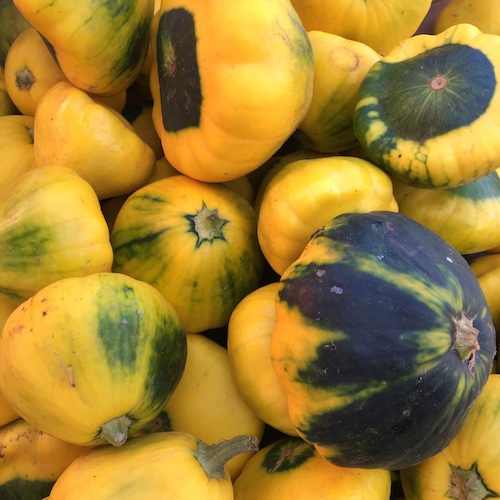
They sure sound like perfect companions to me!
The Her-Story
The name "3 Sisters" is from the Haudenosaunee (Ho-deh-no-shaw-nee). Aka the Iroquois Haudenosaunee, from the Great Lakes region in the Northeastern United States and Canada.
The name may originate on the east coast, but these three crops have been grown by Native Americans across the continent for centuries. From the east coast to the western deserts, corn, beans, and squash were and are valuable crops - historically, culturally, and nutritionally.
How and when to plant these 3 delicious, and native to North America, crops depends on where you live, but luckily we can connect with them anytime of year!
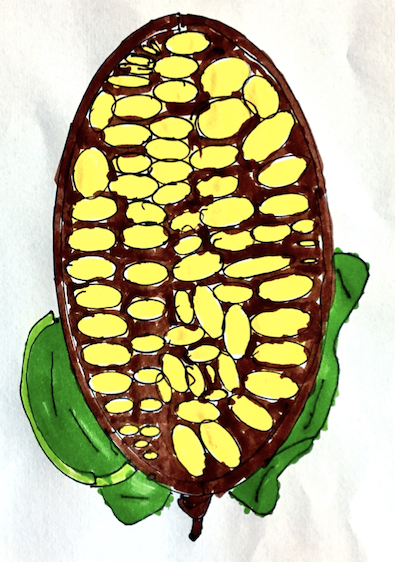
This amazing stylized corn cob was drawn by my nephew when he was 6!
PS - November is a busy month for many people, so in an effort to try to continue to inspire, but not overwhelm, I decided to only make one post this month (like is the norm for December) & have it be one that could be used at Thanks-living celebrations or as a moment of solace for yourself in a busy time of year that can be stressful for many.
Wonder Wednesday 124: 3 Sisters Sensory Connection
Materials
Fruits and/or the seeds of corn, beans, and squash or photos of them
Optional:
Paper or Nature Journal
Pencil or Pen
Paints, Markers, or Color Pencils to add color if you like
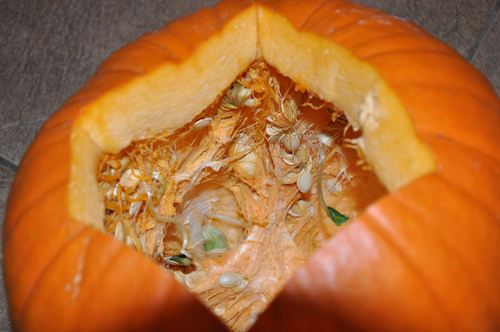
Preparation
Find a time and space when and where you can have some peace for about 15 minutes.
If you do not have access to corn beans or squash, you can adapt this by visualizing them or looking at photos.
If you like, you can access this 3 Sisters Sensory connection audio to listen to as a meditation.
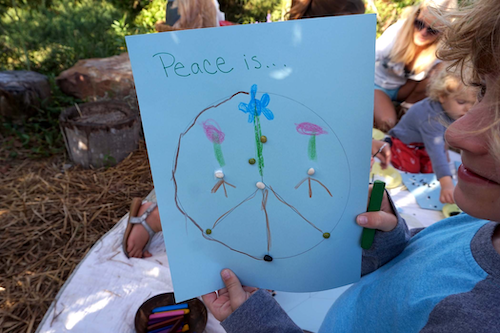
Procedure
If you have the fruits or seeds, hold your 3 sisters in your hands.
Take 3 slow and deep breaths.
Close your eyes.
Bring your awareness to your sense of touch.
Keeping the eyes closed, examine the fruits and or seeds with your hands.
How do they feel?
Can you identify the seeds by touch?
What do you notice: smoothness, roughness, temperature, shape, size differences, edges, attachments...
After sensorially observing the seeds and/or fruits for a bit, open your eyes.
Bring the awareness to your sense of sight.
Now observe the corn, beans, and squash visually.
What do they look like beyond the obvious?
What do you notice: Color variations, textures, shadows, translucencies, opacities, shapes, seams...
Are there similarities or compliments?
How does the previous information gained from touch add to the visual information to build more understanding of the corn, beans, and squash?
What memories to you have of these foods? Do you have a family history, or connection, with corn, beans, and squash - on the table or beyond?
Close the 3 sisters sensory observation with 3 deep breaths.
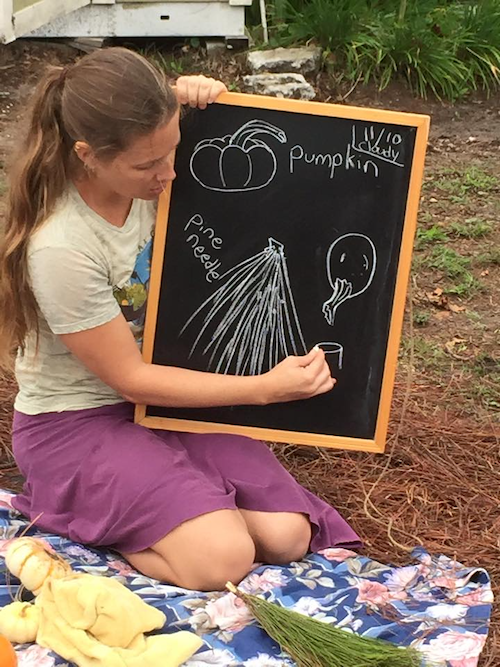
Optional:
Take a few minutes to create a nature journal entry from your 3 Sisters Sensory Observation. You could:
- Draw or paint your seeds and/or fruits,
- Write a story about any memories that came up
- Record your observations in a list of words
- Illustrate your favorite recipe using 1, 2, or 3 of the sisters
- Create a 3 sisters garden planting plan for the upcoming spring, and then over the winter Research which varieties of each of the 3 sisters you will plant and the best planting methods for your area.
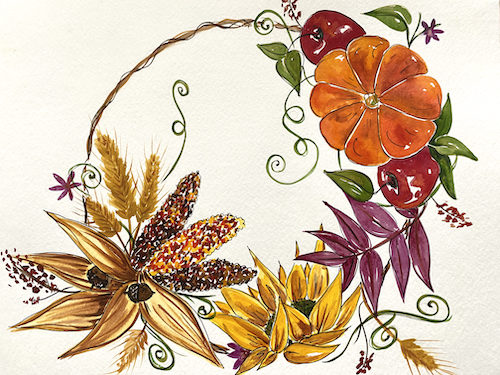
How do the 3 sisters play a role in your life and story?
Share in the comments below!
Share photos of your 3 sisters creations (culinary, artistically, historically, in the garden...) on Instagram #wingswormsandwonder
Seeds to Sprout:
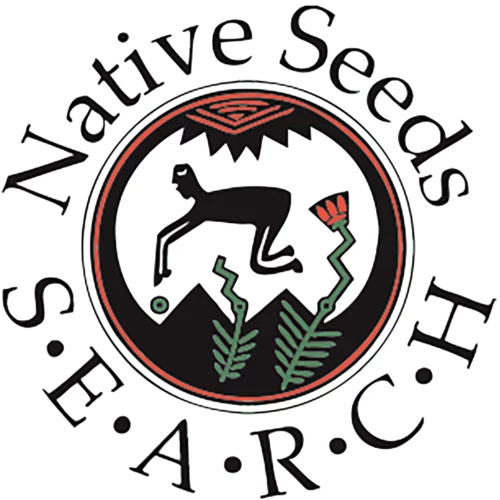
3 Sisters with Native Seeds SEARCH
Learn more about the history of the 3 sisters planting method and how you can participate in keeping the traditional 3 sisters seeds alive.

How to Grow the 3 Sisters
+
3 Sisters Styles
Check out this advice from Organic Gardening experts over at the Rodale Institute - and discover the 4th lesser known sister!
+
Explore three 3 sisters styles from the Wampanoag, Hidatsa, & Zuni with Grow Organic.
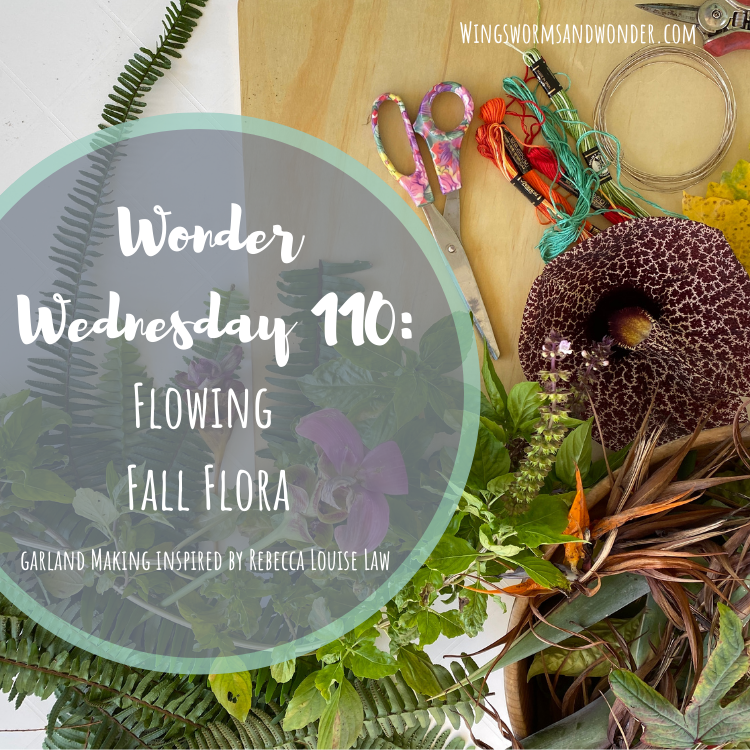
Make a Fall Curtain
In this Wonder Wednesday 110, gather fallen leaves, flowers, and other seasonal fall nature ephemera to create a flowing curtain of fall suspended from the ceiling!
Comments are closed.
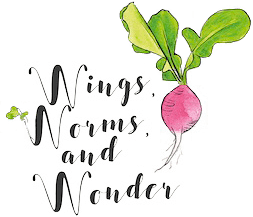
Your blog posts are always so packed with interesting information and ideas to explore! Thank you!
Dear Jane, Thank you so much for letting me know. I am so happy you enjoy them! I fear sometimes I may be a bit blunt, but I like to take the quick route to a concept, so then we can get to the fun part – the good learning and growing! 🙂 Sincerely, Kelly